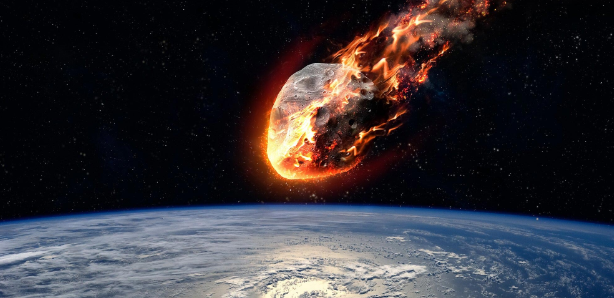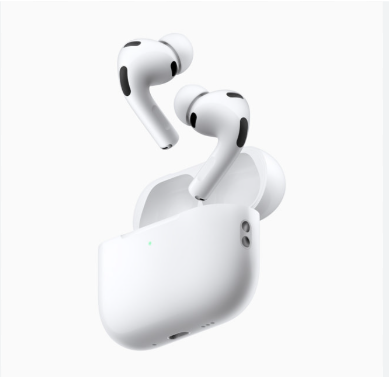The Dinosaur Killing Asteroid
BY NHI VUONG
The rock that plummeted toward the Earth 66 million years ago, known as the Chicxulub impactor, ended the age of dinosaurs. It caused many different debates over whether it was a comet or an asteroid. According to a team led by Mario Fischer-Gödde, the roughly 6-mile impactor belonged to a family of asteroids that formed beyond the orbit of Jupiter, and they rarely impact Earth.
They figured this out using the rare element ruthenium. Ruthenium is commonly found in asteroids but extremely hard to find in the Earth’s crust, making it a handy indicator of past impacts by space rocks. Mario Fischer-Gödde and his team searched for isotopes of ruthenium in the remnants of the Chicxulub impact, and because it is so absent on Earth, it only takes minuscule amounts to associate it with an impact by a carbonaceous-type asteroid.
They measured ruthenium in the samples of five other asteroid impacts that occurred over the last 541 million years, and all of these impacts lined up with the composition of siliceous asteroids that are found in the asteroid belt between Mars and Jupiter. Previous research led by William Bottke, who is a senior planetary scientist at the Southwest Research Institute, has suggested that the deadly object could have been one of these carbonaceous asteroids. While the Chicxulub impactor killed the dinosaurs, scientists have proved it allowed the rise of mammals, including humans. Without this impact, Earth would not look the way it does now. As Dr. Fischer-Gödde said, “We should probably value, a bit more, that we are around, and this is maybe a lucky coincidence that everything came to place like it is today.”
Cites –
https://www.nytimes.com
https://scitechdaily.com








